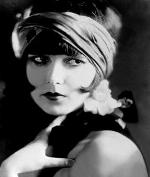1920's Music: Jazz, America's Gift to the Musical World
1920s music was called, "a combination of nervousness, lawlessness, primitive savage animalism, and lasciviousness."
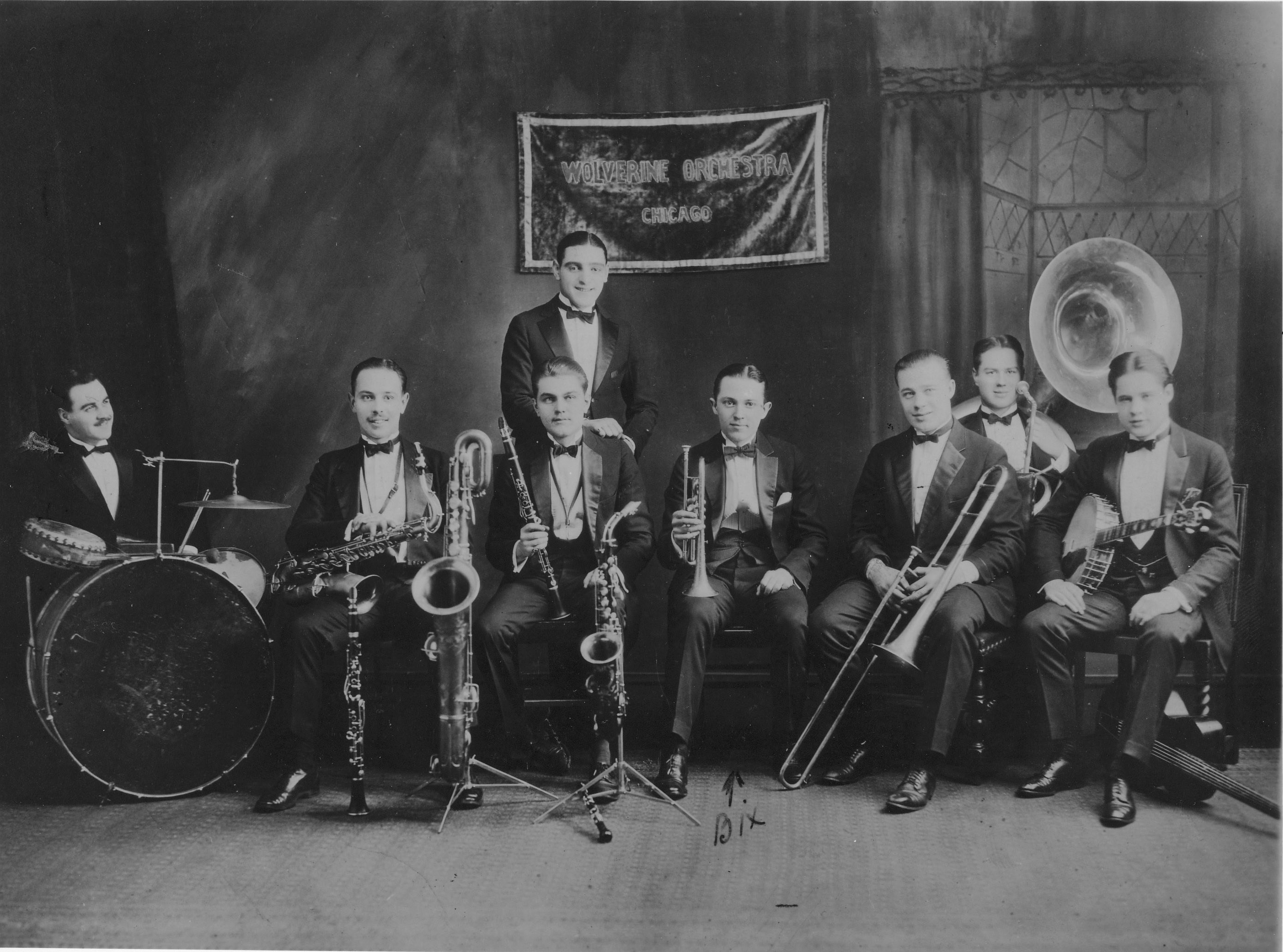 A group of 1920's Musicians with their instruments
A group of 1920's Musicians with their instrumentsJazz was the music of the 1920's: loud and syncopated. This was the Jazz Age!
The jazz recordings were often called "race records," and were sold and played typically in the black neighborhoods of large cities like New York and Chicago.
Controversial throughout its history, jazz was America's first contribution to the music world. And it all got started in the 1920's.
The Famous Places and Musicians of the 1920s
When you think of jazz you probably think of people and places like:
- Louis Armstrong
- Chicago
- Miles Davis
- Ella Fitzgerald
- Bessie Smith
- Duke Ellington
- Eddie Lang
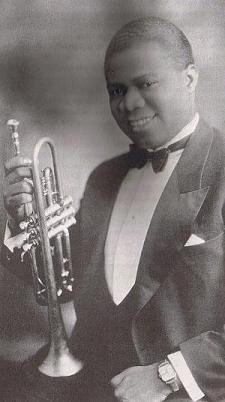 Louis Armstrong in the 1920s: A Young Artist
Louis Armstrong in the 1920s: A Young ArtistControversy In the 1920's Music Jazz Scene
The top 4 songs on the pop charts of the 1920’s, compiled utilizing research of Billboard Charts from a bygone era, you will see the names of recording artists like Al Jolson, Paul Whiteman, Mamie Smith, and Ted Lewis and his Orchestra.
These songs and their songwriters reflect an age of change in the ever-burgeoning music industry. Many soldiers put down their weapons and took up an instrument.
Dance bands, Jazz, and Blues artists took to the main stages, front and center, post-World-War-I. Despite the prohibition in American, the music of the age was upbeat, dance-able, booming with life, and in celebration of a newfound optimism and hope for the future.
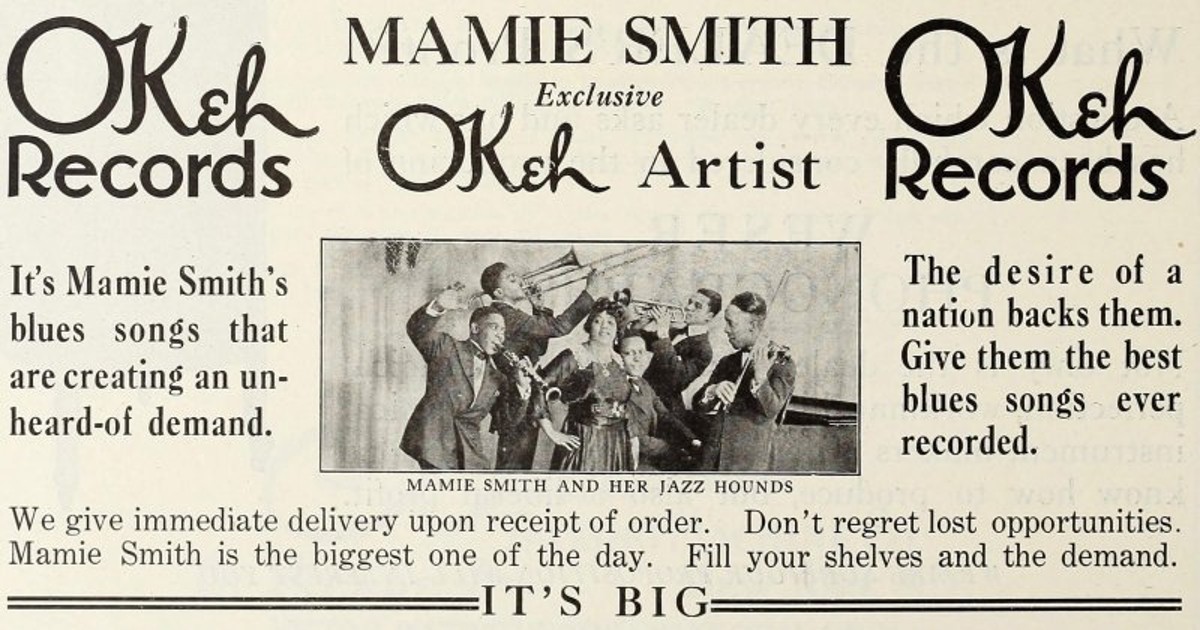
It was the great classic Jazz singers of the 1920’s , Mamie Smith, Ida Cox, Ma Rainey, and Bessie Smith, whose vocal styling inspired the likes of future Jazz greats and singers like Billie Holiday and Nina Simone.
Did you know that Mamie Smith was the first African American artist to make vocal blues recordings? She could do it all: she was a vaudeville singer, a dancer, a pianist, and even an actress.
In Mamie Smith’s hit song “Crazy Blues” written in 1920, alongside the swinging tempo and infectious beat, you hear many of the common themes that were threaded within the major hit songs of this time period.
The lyrics are simple, sometimes a bit dirty, direct, and usually revolve around a current or past lover. The lover in almost every case has been wronged or mistreated, is pining for love, or is experiencing the sorrow and the aftermath of love lost.
Also rampant in the songwriting is the usage of many, many good old-fashioned euphemisms.
Take a listen. “Honey” is not always honey, and that “Daddy” might not have been biological, if you get my drift.
"Race" Records and the Musical Underbelly
In addition to taking on a more unfiltered and raw approach to once taboo topics like sex and race, as acoustical recording technology improved (and went electric) and the overall sound of recorded music improved, independent recording labels began to make their mark on the industry.
These new labels weren’t afraid of taking risks on new, emerging artists and styles. Along with the popularization and commercialization of radio in the mix, the music market was ready and set for growth.
In America, the hidden “speakeasies” that emerged as part of the landscape provided the perfect environment for jazz to flourish.
With a secret knock or a word, one could enter a new world where the rules were relaxed and the booze was always flowing.
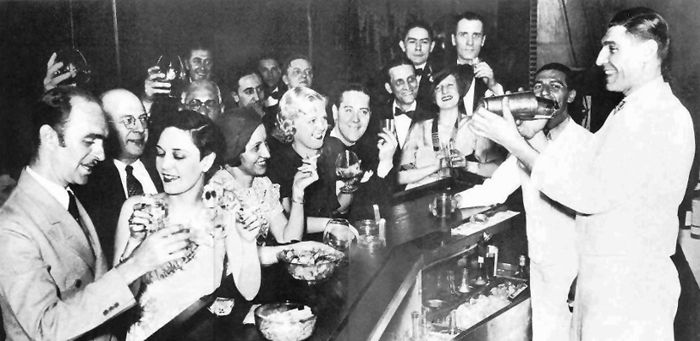 An example of a jazz club in the 1920's
An example of a jazz club in the 1920'sBigger bands were replaced with small jazz duos and trios. In these illegal havens rife with dancing and gambling, and even gangsters, there was also freedom for the races to intermingle, inspiring songs like Duke Ellington’s “Black and Tan Fantasy.”
The issues revolving around race and class were always prevalent during this time of segregation, when popular white musicians like Paul Whiteman -band leader and orchestral director of one of the most popular bands of the 1920’s- were later criticized by traditional jazz musicians saying that it was a mockery of what jazz was intended to be - free and impressionable - not burdened by what the listeners want.
What this is referring to is the fact Whiteman took an underground style of music which was not typically played by white guys, and fused it with other styles of music more palatable to the average (white) population.
When coupled with the fact that the people who listened to this music prior to it being put on the radio had to do so in illegal clubs and many African Americans were arrested for playing it in years prior - you could imagine why people might have an issue.
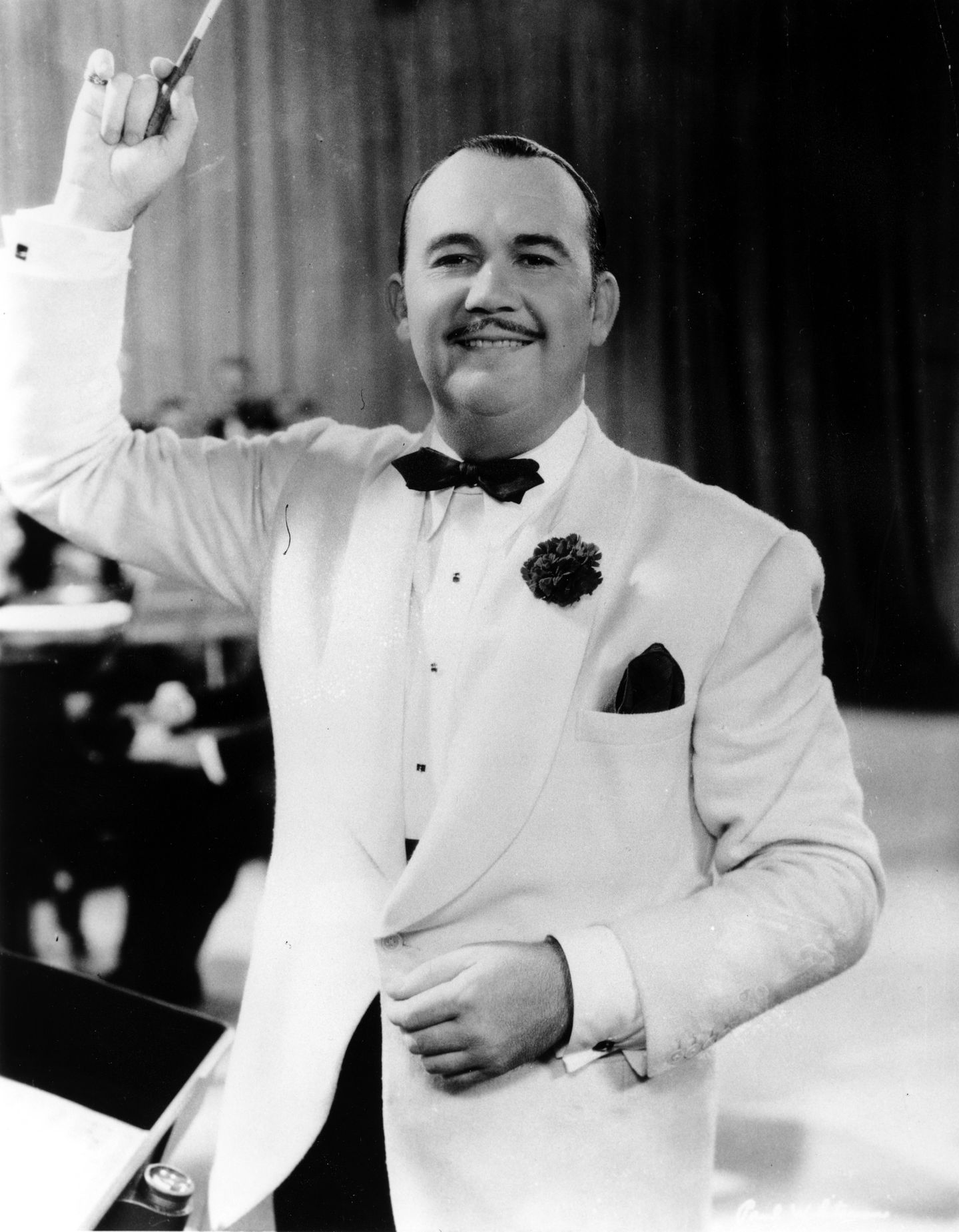 Paul Whiteman, one of the most celebrated and detested men in music simultaneously
Paul Whiteman, one of the most celebrated and detested men in music simultaneouslyA modern example of this happening would be the punk revolution of the early (19) 90’s. Nirvana popularized punk which was a primarily underground genre of music and made it more mainstream than had ever been heard in the past by omitting the jagged guitars, pitter patter drums and shrieking vocals you might hear from a band like Dead Kennedy’s or The Melvins.
Obviously your individual feelings about music will allow you to create your own reasoning about this situation but, this exact cycle has repeated itself countless times throughout music genres over the centuries.
These days they call it cultural appropriation but regardless of what you call it, because of the fusing of Whiteman, underground music had a major impact on the cultural scene and helped close the distance between people in this age.
However, even Duke Ellington, in his own autobiography, proclaimed that Whiteman, in his estimation, at least, deftly held the title of “King of Jazz” despite the naysayers: "Paul Whiteman was known as the King of Jazz,” Ellington said, “and no one as yet has come near carrying that title with more certainty and dignity.”
In one of Whiteman’s most popular songs, “Whispering,” you can hear the technical expertise and precision of his ensemble.
There was a reason the 1920’s were “Roaring” – the musical varieties were expanding, dance crazes were popularized, and the world was alive with innovation.
This musical introduction to modernization and industrialization created a further divide between the old and the new, the past and the present, creating a new space for artists to work and play.
1920s Music: King Oliver
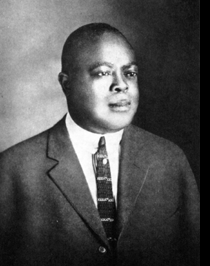 King Oliver - Leader of "The Creole Jazz" Band
King Oliver - Leader of "The Creole Jazz" BandTo really know the roots of 1920s music, you must start with the King Oliver Creole Band, which played primarily on the South Side of Chicago.
These were the haunts of gangsters like Al Capone and Lucky Luciano.
King Oliver brought together a blend of multiple styles like marches and "ragtime" and mixed in the blues and pop songs of the 1920s.
Oliver's big hit was called "Dippermouth Blues," the band played the song nightly at the request of the crowd.
"Dippermouth Blues" was actually the first jazz song to feature a fully-developed trumpet solo. We owe a lot to this song alone!
At the time, King Oliver was the most famous jazz player in the world, but right behind him in "The Creole Jazz Band" was Louis Armstrong.
1920s Music: Louis Armstrong
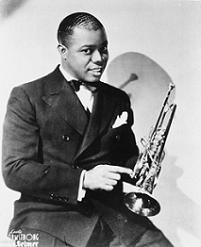 Louis Armstrong - America's Most Influential Musician?
Louis Armstrong - America's Most Influential Musician?Is probably the most famous and influential musician the United State has ever produced.
Armstrong played with King Oliver's band at the beginning of the 1920s, by the end of the decade he had moved on to a highly successful career playing around the world with nearly every famous jazz musician.
Armstrong, known as "Satchmo" or "Pops", is the foundation of 1920s jazz. He experimented with nearly every musical style, including Hawaiian, gospel, bluegrass, and popular music of the twenties.
In many ways Armstrong is responsible for popularizing jazz throughout the world. He played everywhere and with everyone.
He was a great 1920s musician and ambassador of music throughout the world.
1920s Music: Leon "Bix" Beiderbecke
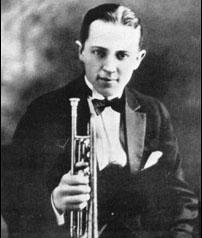 Bix Beiderbecke - "A Promising Talent, Cut Short"
Bix Beiderbecke - "A Promising Talent, Cut Short"An often overlooked character of 1920s music. Bix Beiderbecke has been described as a guy that "if he hadn't been born, he would have had to be invented."
Beiderbecke was a white Midwesterner whose career in music lasted a very short 8 years. He's not the first guy you think of when you think of 1920s music, but his influence has been profound.
His playing style was softer and more relaxed than Armstrong's, it's been described as "a bullet hitting a chime."
Beiderbecke's music was the forebearer and paved the way for the "cool" jazz musicians that would become wildly popular in the 1940s and 1950s.
As you can see there is a tons of information about 1920s music. This page is dedicated to bring it to you. Check back often as I'm writing more on figures such as Duke Ellington, Ella Fitzgerald, Jelly Roll Morton, and others.
